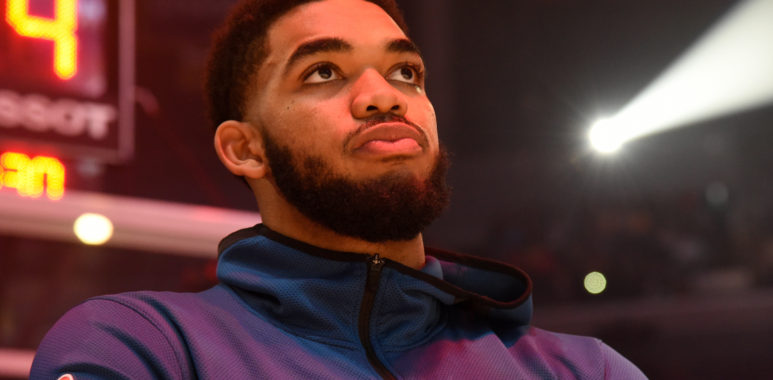
Wolves rebounding deficit hides another fact
Four days before Jimmy was traded, his general soreness status turned into a general frustration with the 4th consecutive loss of the season, a 114-110 defeat to the Lakers.
He said clearly (from his perspective) which was the takeaway of this losing streak, right after the game:
“Very, very frustrating. To know that we were that close and all we got to do is rebound the basketball. That’s been the story for us thus far, we have been right there, we’ve been out rebounded. We have to figure out a way to go get the ball.”
This is partially correct. The Wolves are currently grabbing 42.5 rebounds per game with the 7th lowest rate in the league (they get just 47.3 percent of the rebounds available), per NBA/stats.
But this gap wasn’t a big deal last year. Wolves were still in the bottom 10, averaging 42.3 rebounds after 13 games played.
At this same point last season, the T-Wolves were closing a 5 game winning streak. The numbers we’re seeing don’t indicate a very strong link between rebounding and overall team success. What has changed?
FAILING TO PREVENT EXTRA POSSESSIONS
Here comes the main difference. This year the Wolves can’t get things in order when the opponents succeeded in extending the play on the offensive boards. They are allowing 7 more second chance (dead last in the NBA in OPP 2ND PTS) points per game than last season.
Time reaction, defensive engagement on the perimeter are messed up.
Caring less about the box out execution and the in-out passes on the defensive end hid the real problem: a drop off in the defensive rebounding percentage.
Last year, the T-Wolves were in control of 74 percent of the defensive rebounds available at this time. This season, they’re securing just 67 percent of their boards (2nd worst rate in NBA), according to NBA/stats.
This is a perfect example of giving up multiple rebounds with no regard for defensive assignments.
Low attention on the details was around as well last season, but as long as Jimmy was on the floor, it didn’t hurt too much. You can’t say the same thing after these first 13 games.
HOW TO STOP SECONDARY BREAK?
Even if there’s no correlation between the decreasing defensive rebound rate and the bad defense on early offense, you can detect some similar errors.
Both are not going to last more than 6 to 8 seconds, in both situations you got side-top-side movements and a maximum of 2 to 3 options per set.
Rondo’s rip screen creates a cutting lane for Kuz from the get-go. Kat has a poor defensive stance, he’s still on his heels against Harris.
In the last three games, the opponents attempted more than 10 3’s in the first 6 seconds (highest volume allowed in the NBA) with some good results.
Kings scored 36 fast break points in the last T-Wolves loss thanks to bad turnovers generated by Minnesota. This is a short selection of the worst ones.
I’m sure that Thibs was nearing a breaking point when even with Butler on the court, the Wolves couldn’t figure out how to defend in transition.
But this is not the usual defensive activity you’re used to watching Jimmy. He leaves twice the middle to Cauley-Stein and Fox.
Photo by Andrew D. Bernstein/NBAE via Getty Images
